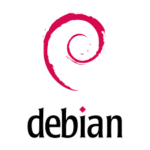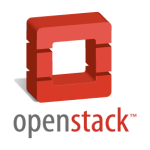How to replace a Volume in mdadm software RAID array
![]()
mdadm, which is a Linux Software RAID, is not inferior to a typical hardware RAID controller, and just like a hardware controller – enables us to swap physical disks inside the RAID array. It requires executing some commands indeed, but the whole process still seems to be pretty straightforward.
Usually, we replace a disk in RAID when it starts failing, but there might be scenarios, where you just want to swap mechanical SATA disks in RAID with SSDs, one by one, for better performance, without reinstalling the whole OS.
Read More





Comment uncomment and replace characters in multiple lines in Vim
Modifying files in Vim can be arduous and time-consuming, especially when we want to modify multiple lines at once. The typical use case is modifying a configuration file in the system when it is required to comment or uncomment multiple lines at a time, or to replace the same character in many similar lines from the top to the bottom. Here are a few hints on how to facilitate multiple line modifications in text files using Vim editor.
Read More